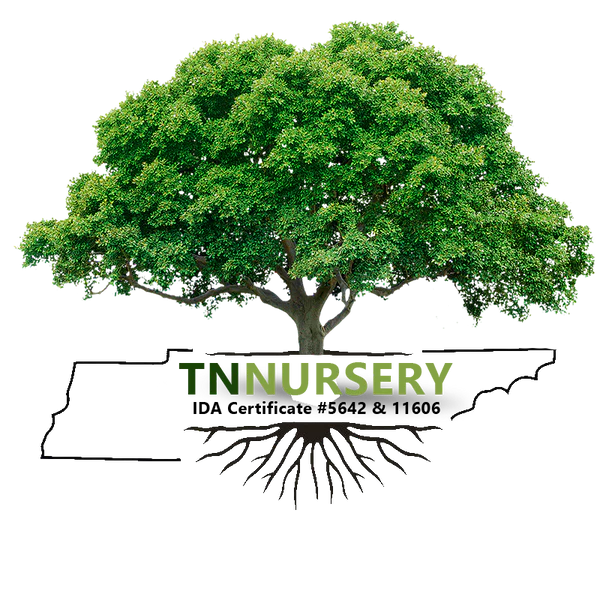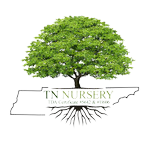Driftwood
Driftwood is considered a form of debris that can take many shapes, forms, and sizes. It comes from trunks or branches of varying tree types washed ashore from a beach, ocean, sea, lake, or river area through wind, waves, and tidal action.
Driftwood is formed through the disintegration or separation from larger pieces of wood and achieves its worn and weathered appearance through both water and wind erosion. The parts may have minor, large, or hollow areas or holes and cankers, gnarls, ribbing, patterns, curves, smooth sides, variations in color, and other distinguishing features.
Driftwood is available almost any time of the year as trees, and parts close to larger water areas are exposed to washing into the water due to uprooting, flooding, high winds, logging, or other natural circumstances and conditions. Depending on the location of the wood, it can remain in more regional areas or be moved across the world. The forest is conveyed to seashores, or calmer inlet waterways float to its final destination or are washed ashore and deposited.
Driftwood is found in almost any area of North America and the rest of the world. Most driftwood is located along riverbanks, lake edges, and beaches. Even swampy areas can house driftwood, as ocean expanses contain wooden remains from cargo ships and shipwrecks. With the action of erosion and waves, it is difficult to determine the origin of driftwood pieces.
In scouting and hunting for driftwood, all that is necessary is realizing that you can find it in places other than beaches. Lake shorelines, riverbanks, swamps, and bays can contain remnants of driftwood. Public beaches and waterways are the best and least invasive areas to find driftwood.
There are types of driftwood that include: Standard Driftwood - the most available and economical type of driftwood - found in North America and other parts of the world African or Savanna Root - another common driftwood - gnarled on one side and smoothed on another side African Driftwood - standard driftwood appearance - intricate in shape (hollow or ribbed) - darker in color - costly - usually quite old Driftwood comes in many sizes, from whole tree trunks of enormous proportions to large and medium logs and branches to smaller individualized pieces that disintegrate and break away from offices.


